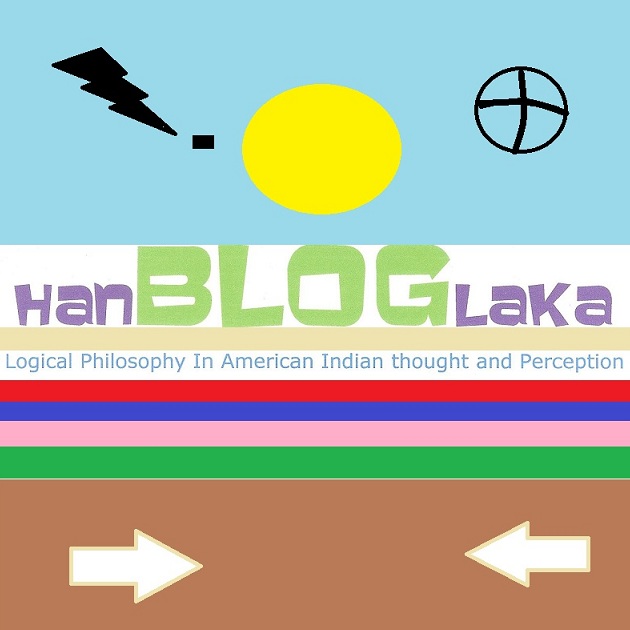 |
|
Harold R. (Hal)
Foster’s Prince Valiant
© Respective
copyright/trademark holders.
|
Systematic Ambiguity
(A N Whitehead and B Russell)
The universe consists
of objects which occur
having various qualities
and standing in
various relations.
Some of the objects
which occur in
the universe are
complex.
When an object
is complex, it
consists of
interrelated parts.
Let us consider
a complex object
composed of two parts
a and b standing
to each other in
the relation R.
The complex object
“a-in-the-relation-R-to-b”
may be capable
of being perceived;
when perceived,
it is perceived
as one object
Attention may show
that it is complex;
we then judge
that a and b
stand in the
relation R.
Such a judgment,
being derived from
perception by
mere attention,
may be called a
“judgment of perception.”
This judgment of
perception, considered
as an actual occurrence,
in a relation
of four terms,
namely: a and b
and R and the percipient.
The perception,
on the contrary,
is a relation
of two terms, namely:
“a-in-the-relation-R-to-b.”
and the percipient.
Since an object
of perception
cannot be nothing,
we cannot perceive
“a-in-the-relation-R-to-b,”
unless a is in the
relation R to b.
Hence a judgment
of perception,
according to
the above definition,
must be true.
This does not
mean that, in a
judgment which
appears to us
to be one of
perception, we
are sure of
not being in error,
since we may err
in thinking that
our judgment has
really been derived
merely by analysis
of what was perceived.
But if our
judgment has
been so derived,
it must be true.
In fact
we may define truth,
where such judgments
are concerned, as
consisting in the fact
that there is a
complex corresponding
to the
discursive thought
which is the judgment.
That is,
when we judge
“a has the relation
R to b,” our
judgment is said
to be true when
there is a complex
“a-in-the-relation-R-to-b,”
and is said
to be false when
this is not the case.
This is a
definition of truth
and falsehood
in relation to
judgments of
this kind.
When I read the first two sentences in the above paragraph I read it as amazing poetry, and copied it down in my notebook broken down as presented above. I saw this analysis of truth and falsehood in terms of complexity and relations as something that relates to everyone and everything. This poem has been an aspect of Principia Mathematica that I can share with other persons and that they can understand in some fashion, and even if parts seem unclear to them, at least everyone derives some perception of love poetry.
 |
|
Script: Otto Binder Pencils and Inks: George
Papp Superbaby™ © Respective copyright/trademark holders.
|
 |
|
Harold R. (Hal)
Foster’s Prince Valiant
© Respective
copyright/trademark holders.
|



No comments:
Post a Comment